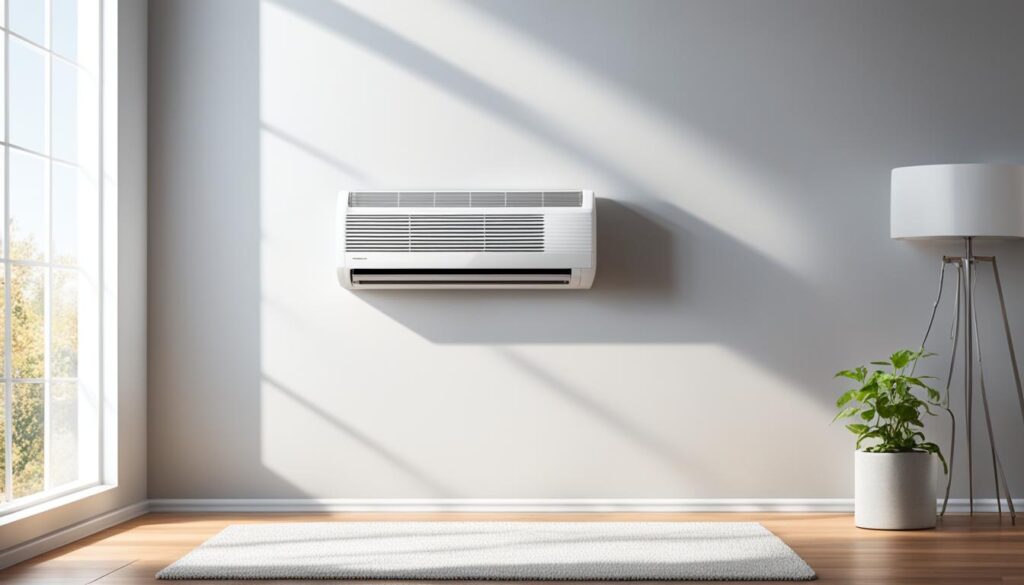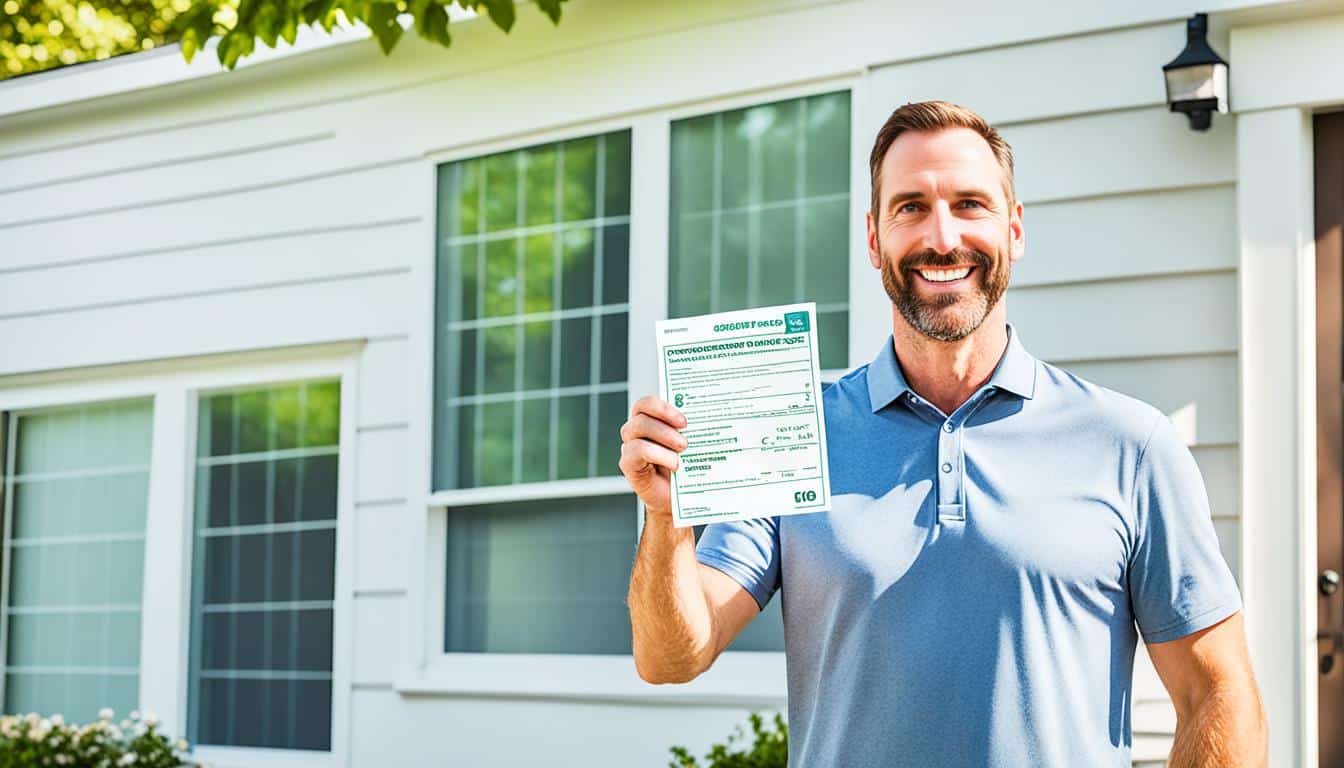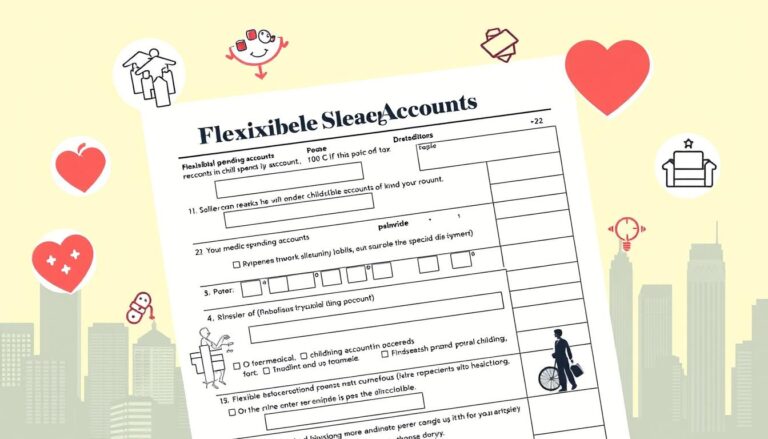Are you tired of shivering through cold winters and sweating through scorching summers? Well, you’re not alone! Many homeowners are constantly on the lookout for cost-effective heating and cooling solutions. And that’s where mini splits come in!
Picture this: It’s a chilly winter evening, and the temperature inside your home is dropping faster than a downhill skier. You desperately crank up the thermostat, hoping for the warmth to flood in. But alas, your energy bills skyrocket.
But what if I told you there’s a way to keep your home cozy without breaking the bank? Meet mini splits, the ductless heating and cooling systems that offer both comfort and tax benefits!
Mini splits are not only efficient and space-saving but also provide potential tax credits for homeowners. Yes, you read that right – installing mini splits can actually reduce the overall cost and bring you significant tax savings. Now, that’s a win-win situation!
But wait, there’s more. These innovative systems are not just cost-effective; they also have environmental benefits. Mini splits align with your sustainable living goals by being energy-efficient, reducing energy wastage, and helping you lower your carbon footprint.
Key Takeaways:
- Mini splits offer potential tax credits, making them cost-effective.
- They regulate indoor temperatures without extensive ductwork.
- Mini splits are energy-efficient, space-saving, and operate quietly.
- Installing mini splits can reduce energy bills and carbon footprint.
- Stay tuned for our guide on how to maximize your tax benefits with mini splits!
Understanding Mini Splits and Their Advantages
When it comes to heating and cooling systems, mini splits have gained popularity for their impressive features and benefits. Also known as ductless heating and cooling systems, these compact devices offer a range of advantages that make them a compelling choice for homeowners.
Energy Efficiency
One of the standout features of mini splits is their energy efficiency. These systems are designed to consume less power and reduce energy wastage, resulting in significant long-term savings on energy bills. By efficiently regulating indoor temperatures, mini splits can help you create a comfortable living environment while minimizing your carbon footprint.
Space-Saving Designs
With their space-saving designs, mini splits are a great solution for homes with limited space. Unlike traditional HVAC systems, mini splits do not require extensive ductwork. Instead, they consist of indoor and outdoor units that are connected by a small conduit. This compact setup allows for flexible installation options and frees up valuable space in your home.
https://www.youtube.com/watch?v=9CaZVtjOsY8
Quiet Operation
Noisy HVAC systems can be a major disturbance in your living space. Mini splits, on the other hand, operate quietly, ensuring a peaceful and comfortable environment. With their advanced noise reduction technology, these systems keep noise levels to a minimum, allowing you to relax and enjoy your home without any interruptions.
Whether you’re looking to save energy, maximize space, or enjoy a noise-free living space, mini splits offer a reliable and efficient solution. In the next section, we’ll explore the tax credit landscape and how mini splits qualify for tax credits in 2023.
The Tax Credit Landscape
When it comes to energy efficiency and making home upgrades, tax credits can be a game-changer. These financial incentives, offered by the government, directly reduce the amount of taxes owed, making it easier for homeowners to invest in energy-efficient solutions that benefit both their wallets and the environment.
In 2023, there have been some exciting changes to tax credits for energy-efficient home upgrades. It’s crucial for homeowners to stay informed about the eligibility criteria and available incentives to make the most of these financial opportunities.
Understanding the Benefits of Tax Credits
Tax credits are not only advantageous for homeowners but also help to promote the goals of society. By providing financial incentives for energy-efficient home upgrades, the government encourages actions that reduce energy consumption and contribute to a more sustainable future.
When you take advantage of tax credits, you not only save money in the short term but also make a positive impact by reducing your carbon footprint. It’s a win-win situation where you can upgrade your home while contributing towards a greener planet.
Stay Informed and Make the Most of Available Incentives
As a homeowner, it’s essential to stay up-to-date with the latest tax credit landscape to ensure you’re taking advantage of all available incentives. By understanding the eligibility criteria, you can plan and prioritize your home upgrade projects to maximize your tax savings.
Here are some key points to consider:
- Research the specific energy efficiency requirements for each credit
- Familiarize yourself with the eligible home upgrades and improvements
- Keep track of the deadlines for claiming tax credits
- Consult with a tax professional for personalized advice and guidance
By staying informed and taking advantage of tax credits, you can make energy-efficient home upgrades more affordable and create a more comfortable and sustainable living environment for yourself and future generations.

| Tax Credit Type | Description |
|---|---|
| Federal Tax Credit | Direct reduction in taxes owed at the federal level |
| State Tax Credit | Similar to federal tax credits, but specific to your state of residence |
| Utility Rebates | Incentives offered by utility companies to promote energy-efficient upgrades |
Do Mini Splits Qualify for Tax Credits in 2023?
Are you wondering if mini splits are eligible for federal tax credits in 2023? The good news is, they do qualify! However, there are specific conditions that must be met to claim these credits. Let’s dive into the details:
Meeting Energy Efficiency Criteria
To be eligible for federal tax credits, the mini split system you choose must meet certain energy efficiency criteria. These criteria are set by the government and include minimum ratings for SEER (Seasonal Energy Efficiency Ratio) and HSPF (Heating Seasonal Performance Factor). The higher the SEER and HSPF ratings, the more energy-efficient the system is.
By opting for an energy-efficient mini split system, not only will you enjoy the benefits of lower energy bills, but you will also qualify for valuable tax credits. It’s a win-win situation for your pocket and the environment!
Professional Installation for Maximum Benefits
While purchasing an energy-efficient mini split system is important, it’s equally crucial to ensure that it is professionally installed. Proper installation guarantees that the system operates at its maximum potential, meeting the energy efficiency and project cost criteria required for tax credits.
By choosing a qualified professional to handle the installation, you can have peace of mind knowing that your mini split system will deliver exceptional performance and longevity. Plus, it ensures that you don’t miss out on any eligible tax credits!
Remember, mini splits not only provide efficient heating and cooling but also contribute to energy savings and reduced carbon footprint. By combining these benefits with the federal tax credits, you can make a smart investment in your home’s comfort and sustainability.
Here’s a visual representation of the energy efficiency criteria for mini splits:
| Energy Efficiency Criteria for Mini Splits | Minimum Requirement |
|---|---|
| SEER (Seasonal Energy Efficiency Ratio) | 15 or higher |
| HSPF (Heating Seasonal Performance Factor) | 8.5 or higher |
Now that you know mini splits qualify for tax credits in 2023, it’s time to explore how you can claim your tax credit. In the next section, we’ll guide you through the process of claiming your well-deserved tax savings!
How to Claim Your Tax Credit
Claiming a tax credit for your eligible mini split heat pump system is a straightforward process that can help you save money on your taxes. To ensure a successful claim, follow these simple steps:
- Choose an eligible mini split heat pump system that meets the government’s energy efficiency standards. Look for systems with minimum SEER and HSPF ratings to qualify for the tax credit.
- Retain all receipts and documentation related to the purchase and installation of your mini split heat pump. These documents are essential for proving your expenses and eligibility for the tax credit.
- Complete the appropriate tax forms required to claim the tax credit. This may include filling out Form 5695, Residential Energy Credits, and attaching it to your tax return.
- Provide accurate details about the purchase and installation of your mini split heat pump system on the tax forms. Include information such as the make and model of the system, the date of purchase and installation, and the total cost of the system and its installation.
- Submit your tax return, either electronically or by mail, ensuring that all necessary forms and documentation are included.
By following these steps and providing the required information, you can confidently claim your tax credit and potentially reduce your tax liability. Be sure to consult with a tax professional or refer to the IRS guidelines for any additional guidance or updates regarding tax credits for mini split heat pump systems.

| Document | Purpose |
|---|---|
| Receipts | To prove the purchase and installation expenses |
| Mini Split Heat Pump Specifications | To provide details about the system’s make, model, and energy efficiency ratings |
| Installation Contract | To establish the completion and cost of the installation |
| Energy Efficiency Certifications | To demonstrate that the mini split heat pump system meets the required standards |
Tips to Maximize Tax Savings
When it comes to maximizing your tax savings, implementing smart strategies can make a significant difference. By understanding the annual limits, exploring eligible products, and considering your principal residence, you can optimize your tax credits and save more money. Here are some helpful tips:
- Spread improvements over multiple years: Instead of completing all your home upgrades in a single year, consider spreading them out over several years. By doing so, you can take advantage of the annual limits for tax credits and ensure maximum benefits.
- Explore a variety of eligible products: Don’t limit yourself to a single type of eligible product. Research and consider different options that meet the energy efficiency criteria. This way, you can diversify your tax credits and take advantage of the incentives for each product.
- Stay aware of annual limits: It’s crucial to stay informed about the annual aggregate limits on the amount of credit that can be claimed. By understanding these limits, you can plan your improvements accordingly and ensure you maximize your tax credits without exceeding the allowable threshold.
- Focus on your principal residence: Remember that tax credits for home upgrades apply to your principal residence. Make sure the improvements are made to the property you live in, as tax benefits may not be available for secondary residences or rental properties.
By following these strategies, you can make the most of the available tax credits and ensure you maximize your savings. Remember to consult with a tax professional or advisor to ensure you fully understand the eligibility criteria and regulations related to tax credits for home upgrades.
| Strategy | Benefits |
|---|---|
| Spread improvements over multiple years | Optimize annual limits and maximize benefits |
| Explore a variety of eligible products | Diversify tax credits and maximize incentives |
| Stay aware of annual limits | Avoid exceeding the allowable threshold |
| Focus on your principal residence | Ensure eligibility for tax credits |

Save More with Mass Save Heat Pump Rebates
Massachusetts residents can save even more on their heat pump heating and cooling systems through the Mass Save program. In addition to the attractive federal tax credits, Mass Save offers generous rebates for qualifying heat pump installations. By combining these rebates with the federal tax credits, you can maximize your savings and make your home more energy-efficient.
To be eligible for the Mass Save heat pump rebates, you need to meet certain criteria. Your heat pump system must be installed by a participating contractor and meet the program’s energy efficiency standards. These rebates are available for both residential and commercial properties, encouraging a wide range of homeowners and businesses to invest in energy-efficient heating and cooling solutions.
When it comes to navigating the complexities of these incentives, it’s always helpful to consult a local energy efficiency expert. Companies like Neeeco have extensive knowledge and experience in Massachusetts energy efficiency programs and can guide you through the rebate application process. They can answer your questions, provide information on eligibility requirements, and help you determine the best heat pump system for your specific needs.








